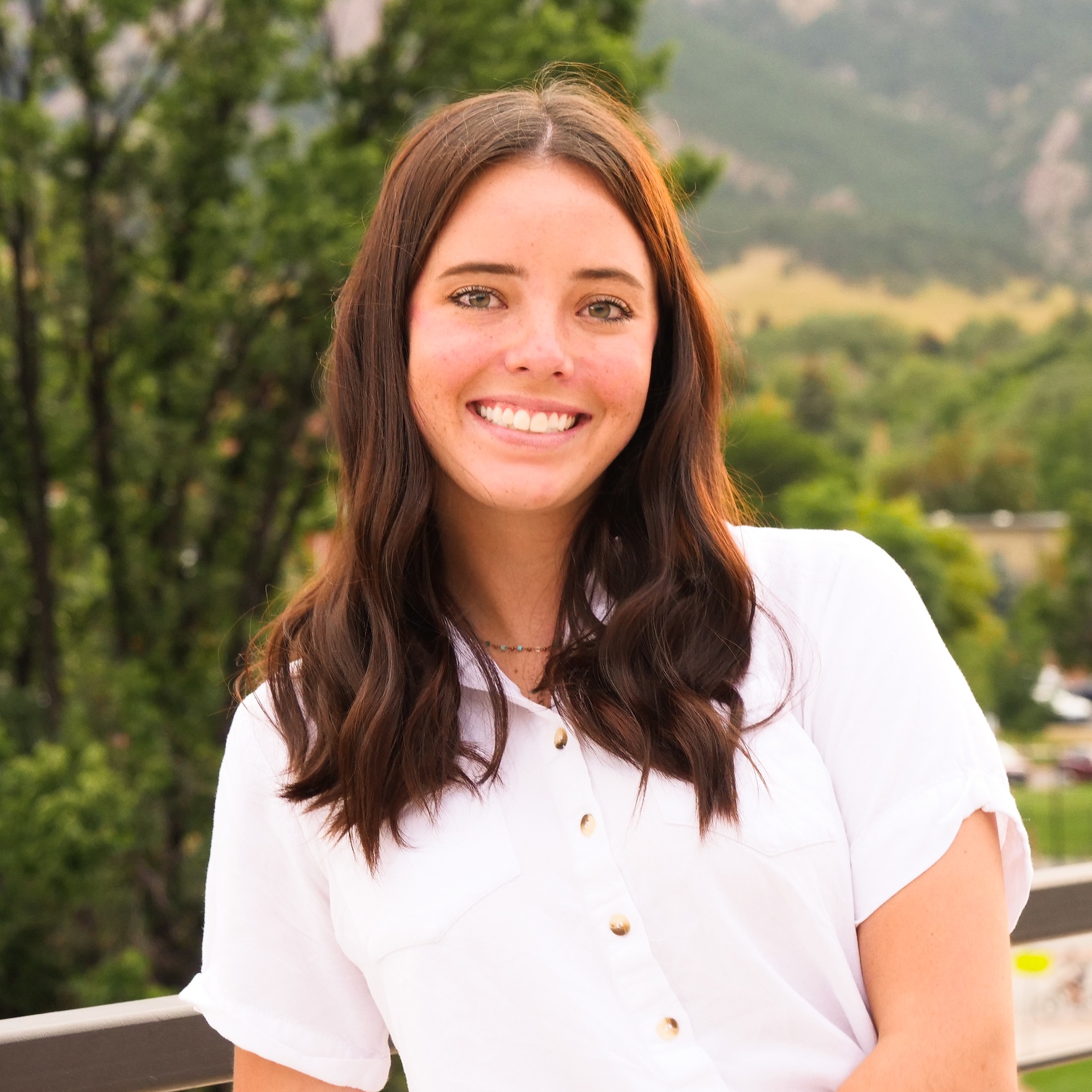The changing media landscape might be a blessing and a curse: it has provided writers with far more tools to reach readers without having to rely on established institutions like legacy newspapers — but at the same time, monetization of news in an already popular “subscription economy” still proves difficult on the local level.
Substack, one of the emerging platforms, may be the hottest new subscription-model for writers but as the founders of a popular Arizona political newsletter found out, it takes a lot of work. And if you aren’t a national or well-known name with a previously existing and established community of online followers, it’s hard to break into the Substack scene, they said.
Launched in 2017, Substack is a platform that allows independent writers and creatives to share their content using a subscription model that allows some content to be free to view and other content to be charged at a rate set by the publisher. It’s typically anywhere from $5-15 a month. An annual subscription is slightly cheaper than the price per month.
According to a 2022 report by Reuters, publishers say they’ve begun investing more time, energy and money into two major things: podcasts and newsletters, mostly because the consumer demand for them is increasing. Both are emerging forms of media that are easily consumable by audiences who may not have the time (or desire) to read all of the day’s news.
Substack and other newsletter sites allow media organizations and individuals to curate their own content, send it out to email inboxes, and hopefully generate a profit through clicks, subscriptions and donations. According to the Press Gazette, Substack’s top earners were bringing in quite a bit from their subscribers. Letters from an American, a Substack created by history professor Heather Cox Richardson, was the top account last year, earning $5 million. Other top accounts brought in $1 million.
The Arizona Agenda’s gambit in local political news
Hank Stephenson and Rachel Leingang will be the first to tell you they weren’t sure their venture into the world of Substack would work.
They answered a call for funding, figuring it was worth a shot. To their surprise, they, along with 11 other winners from around the world were chosen to receive funding from Substack Local, a $1 million initiative that aimed to support local journalists as they find their footing in the changing media business landscape. Thus, the Arizona Agenda was born.
The deal was, after being given the $100,000 from Substack Local’s grant funding, nearly all of the Agenda’s revenue for the first year was given back to the company. In their second year, like any other creator, Substack takes 10% of the writer’s annual revenue and credit card processing fees.
Nearly two years later, some of Substack’s 11 experiments into hyper-local news have panned out while some have switched platforms or haven’t been able to make it work. Leingang and Stephenson say earning grant funding isn’t integral to success on Substack, a lot of what’s made it work for them comes from having a loyal, paying audience. Here are some of their tips:
1. Have a niche
Stephenson and Leingang said they’ve found success by filling a gap that the community had. The Arizona Agenda focuses on state-level politics and government but covers anything “from local school boards to the halls of Congress.” After a tumultuous few political years in Maricopa County at the heart of national news, they break it down for the people in the Valley who need to understand what’s going on.
Having a niche allowed them to be good at what they do. They weren’t going to succeed if they tried to do it all themselves.
“I don’t think us covering crime and a little bit of politics and a little bit of lifestyle would be a very good product or would find an audience that is willing to pay for it,” Stephenson said. “But by kind of drilling into one specific area where we both know a fair amount and taking that trying to make it interesting and worth your while, that seems to work.”
With politics in Arizona being under a national microscope over the last few years, there’s more need for journalism of every form. Leingang said the work they’re doing with the Agenda wouldn’t be possible without a local newsroom like the Arizona Republic. They’re complimentary and both necessary investments for a political hotspot like Maricopa County.
Stephenson said the Agenda’s success might have been a certain “time and place” and “dumb luck” but the intention of breaking down a state’s complicated history of politics combined with current events is what has made it work. They wanted to provide consumers with something they can feel knowledgeable about during dinner-table conversations.
“If you only have 15 minutes in the morning, you can get a pretty good broad overview, from just reading the Agenda and I think that’s what makes us unique and what people like about the Agenda,” he said.
Stephenson said to think about who your audience really is. Who is going to subscribe and why? Leingang said having a very specific audience worked to their benefit.
“Our news is tailored in part toward a group of people that already pays for news,” she said. “So they’re attuned to that concept of having to pay to get information, and they’re already relatively tech-savvy and aware.”
2. Get creative with it
The Agenda’s tone is something that’s a work in progress. Leingang said at times they may have been too snarky with their writing or maybe not enough. Stephenson said what makes the Agenda stand out is that it’s not boring.
“I’ve said this before, but like, I rarely get a whole lot of joy out of reading the newspaper but I feel like the Agenda is fun to read,” he said. “That’s one of our main goals is to make it something that people want to read, not something that you have to read because you work in Arizona politics.”
People have transitioned from opening the morning paper to clicking open a newsletter in their email inbox the same way the shift from listening to public radio switched to turning on a podcast. But something similar besides their growth in popularity between newsletters and podcasts is how they’re human-centered and designed to be personable. People like hearing from people and when we as journalists and news creators are able to connect with our audience, it makes it that much better.
“If you look at newsletters, the thing that seems to really work is that there are hosts to them. There is a host who is walking you through something and they’re not taking something interesting and making it devoid of any kind of emotion or making it boring in order to maintain some sort of veneer of professionalism,” Leingang said. “I don’t think we’re unprofessional but there’s certainly nothing stuffy about the way that we write or anything like that. I think you’re seeing that more and more in newsletters that it’s a host with a certain sort of voice and that always can change over time.”
3. Be honest about money (and other stuff)
Being transparent about the venture they were setting out on was important for the Agenda’s success. They’ve noticed that talking about how they’re doing has proved to generate more paying subscribers than any viral story they’ve done.
“We were clear early on when we started. We would tell readers, you’re along for the ride with us, we don’t really know how this is gonna go,” Leingang said. “We’re working things out if you think we did anything wrong, hold us accountable, but also give us the grace of understanding that we’re still learning something new. And I feel like readers really liked that level of transparency, and feedback, and back and forth.”
A 2018 report by the Knight Foundation agreed that transparency is now at the top of the list of journalistic practices necessary for reaching audiences. The Agenda made an effort to be open and honest with their subscribers about how they were doing. Together they would celebrate their successful months and see an influx of support when they weren’t doing well.
Sending out quarterly business updates about the organization’s progress proved to be beneficial in turning free subscribers into paid subscribers, Stephenson said.
“My takeaway from that is people really want to hear how it’s going, want to hear from us about us and also want to support this thing,” he said. “They will subscribe if we’re doing great because they see a success story. They’ll subscribe if we’re struggling because they want us to succeed.”
4. It’ll take a lot of work
Without the guarantee of the Substack Local funding supporting their first year, they aren’t sure they would have quit their jobs or given up the benefits of working at a larger paper but it turns out to have been worth it.
“I don’t want to make this seem like this is an accessible path for people because it’s often not,” Leingang said. “If you’re a person who is willing to take a risk, and you already have, like a defined thing you want to do, and you’ve built a career or following in some sort of way, it’s a really good way to become fully independent.”
Leingang said if you’re not ready to take the leap into solely Substack publishing, it’s a good side hustle to do individually or for your media organization.
It took a little while for them to get into a groove. Producing daily content as a two-person team and running the business behind the scenes took 12 hours a day, something they say they’ve thankfully gotten the hang of.
In hindsight, they both wished they knew more about the business side of running an organization. Their strengths shine when curating and crafting news but they didn’t necessarily know how to run a business. But it turns out that a lot of other local Substack creators are in the same boat. They’ve leaned on each other, Leingang said.
“Everybody really works together to share what’s working and what isn’t,” she said. “When we’ve reached out and had questions, ‘oh, how did you do this thing or whatever,’ everybody’s really interested in helping each other figure it out. Since we’re all not business people, and mostly writers or journalists, everyone’s like it’s a free for all on the business side. So people are willing to share information.”











